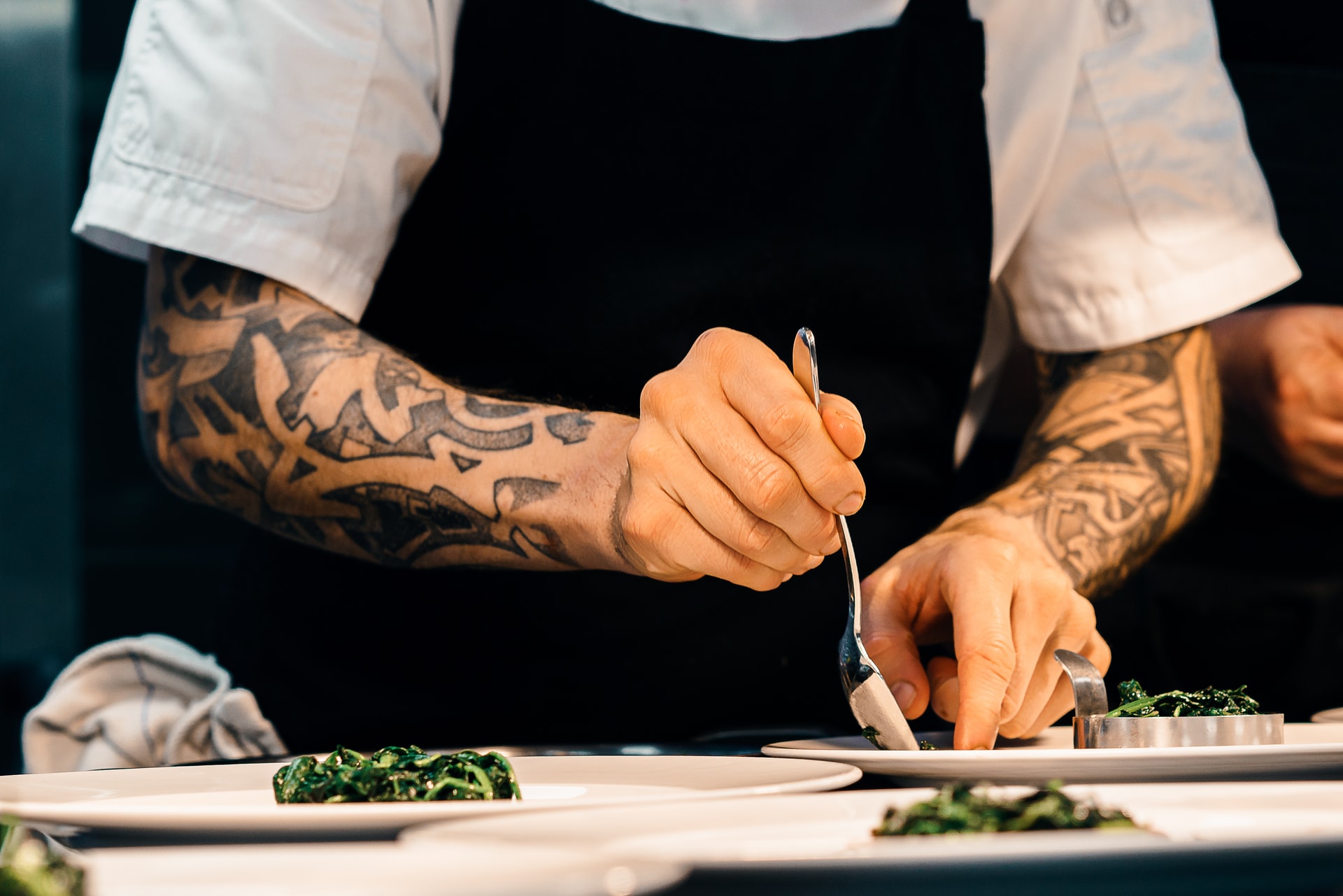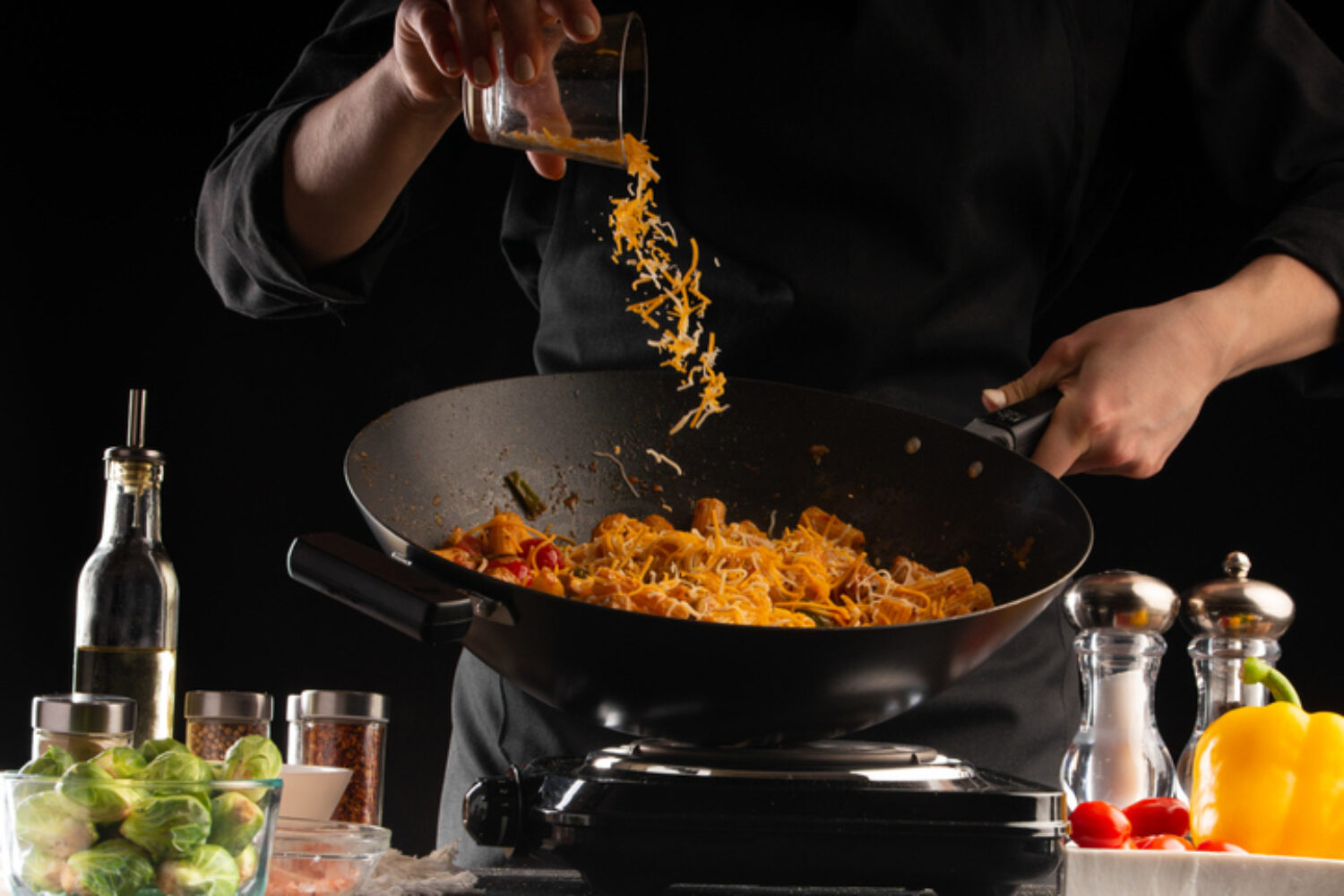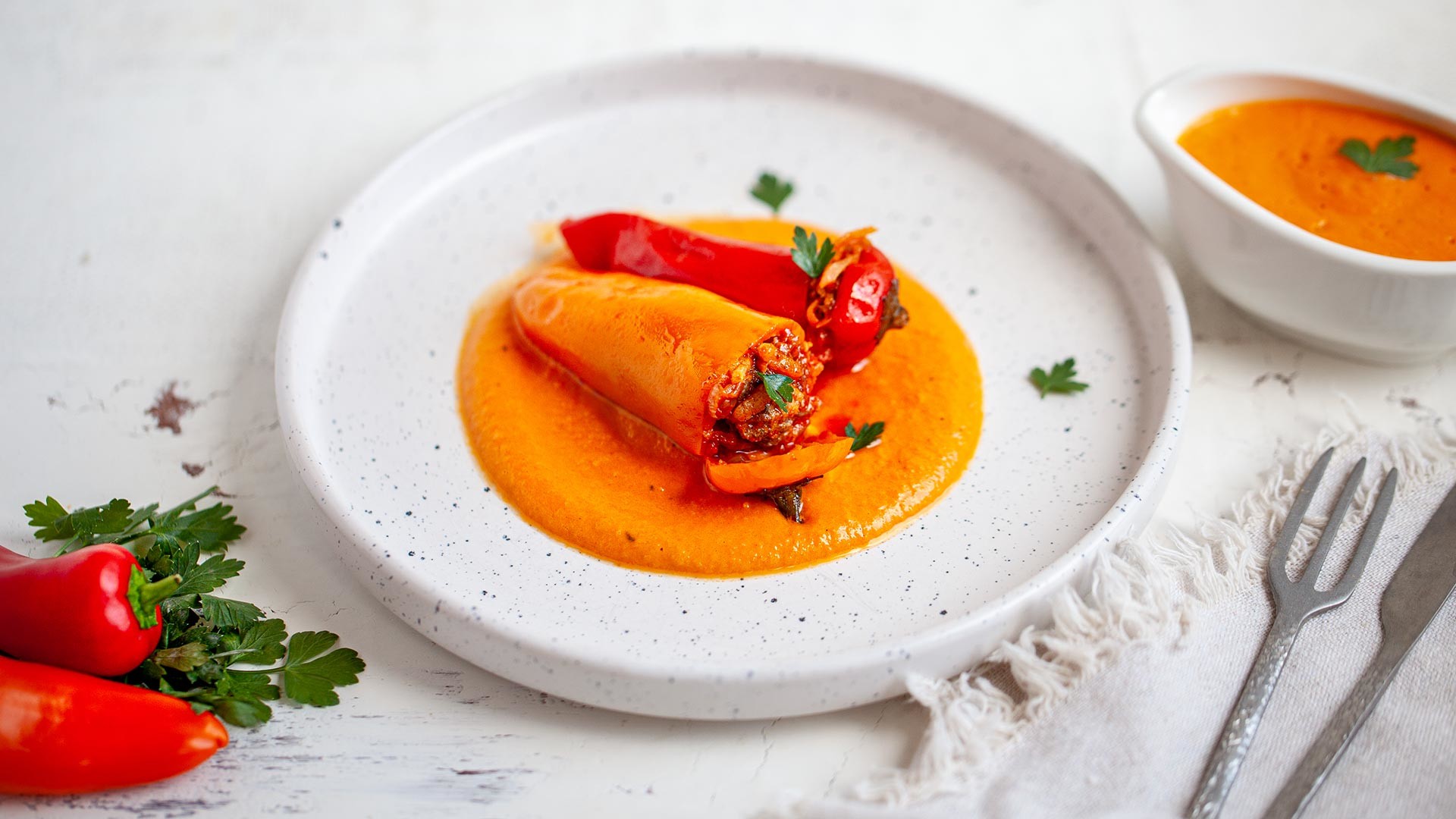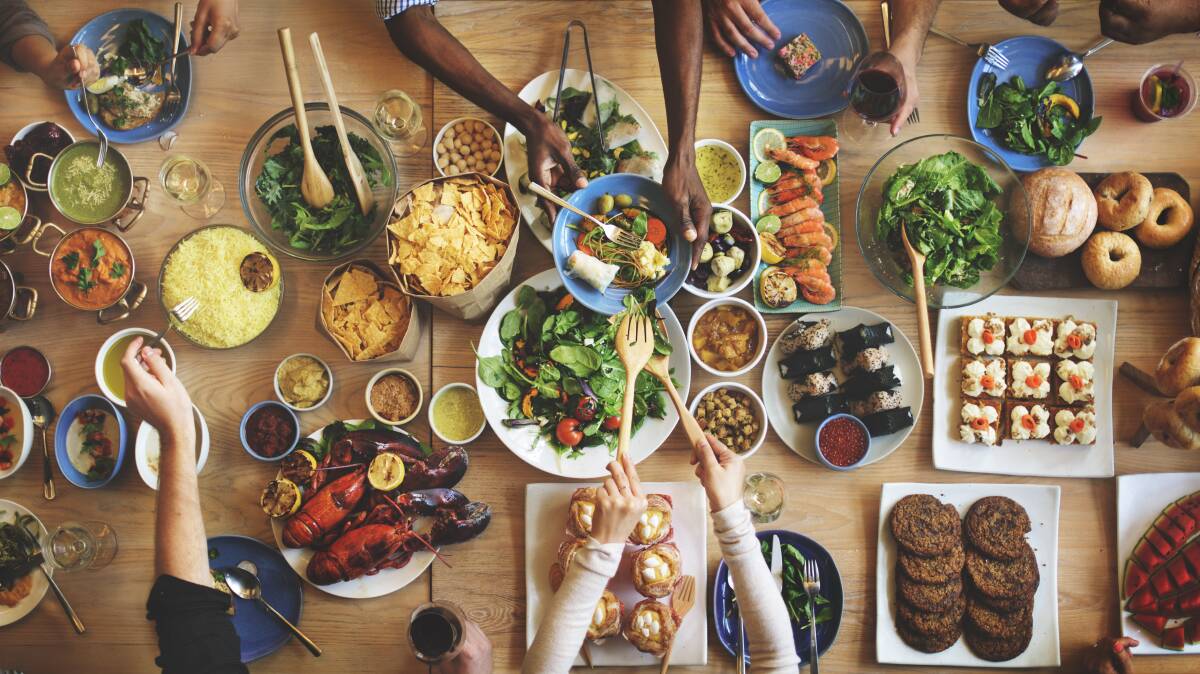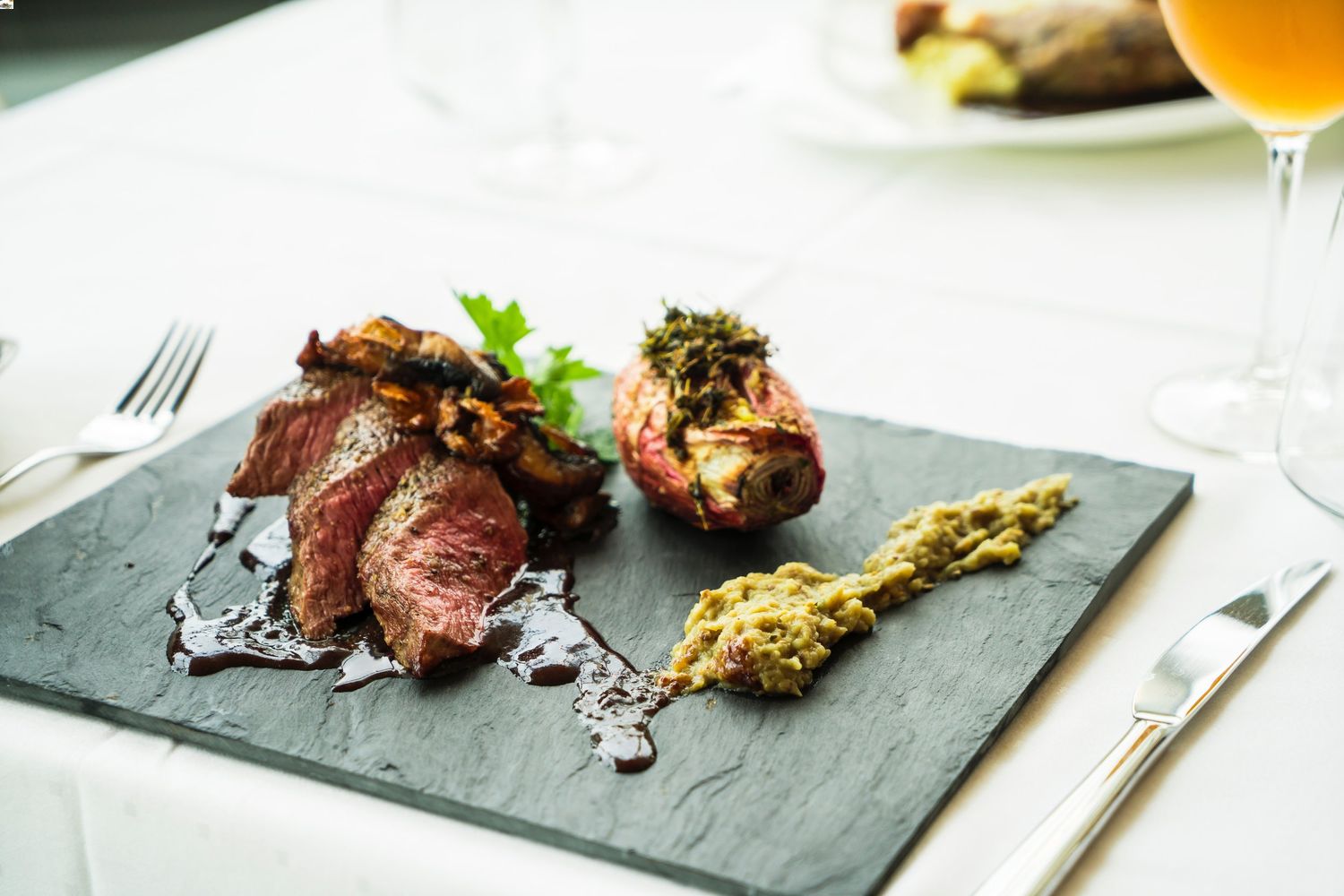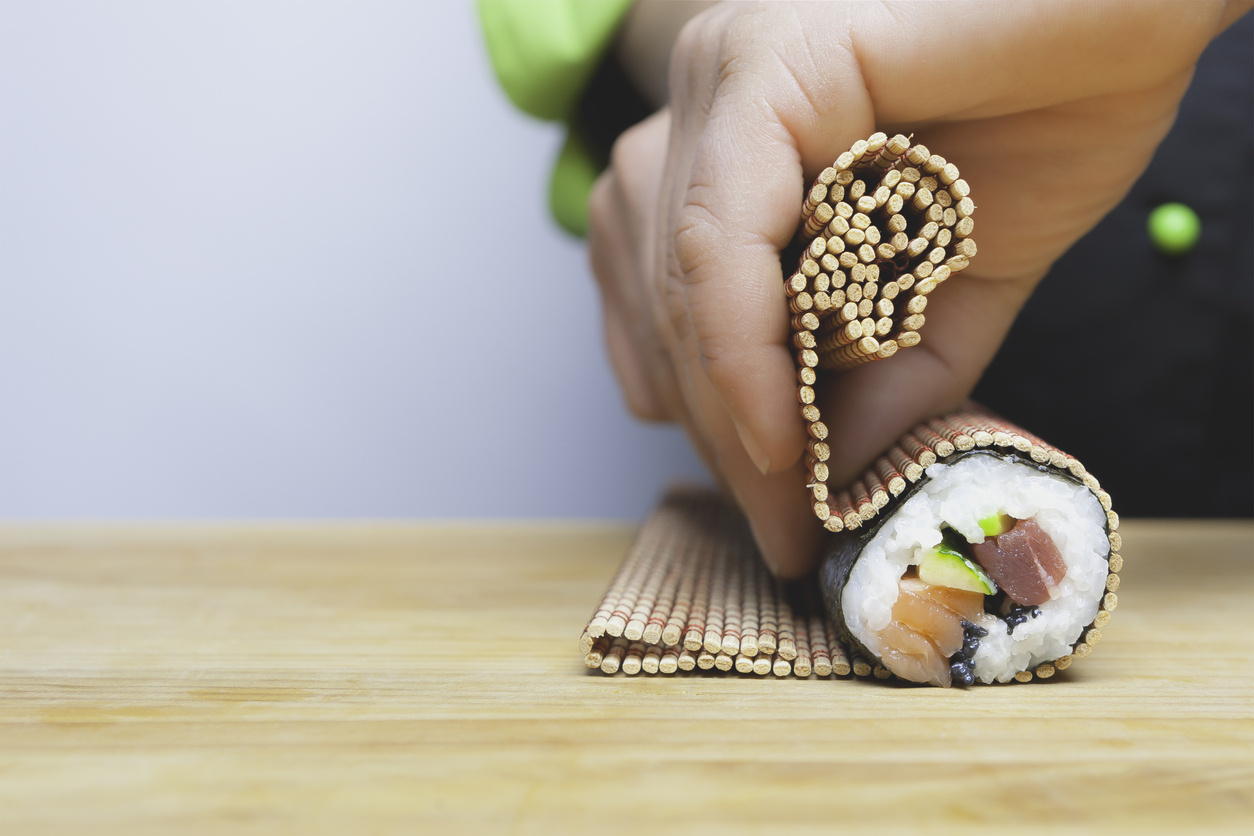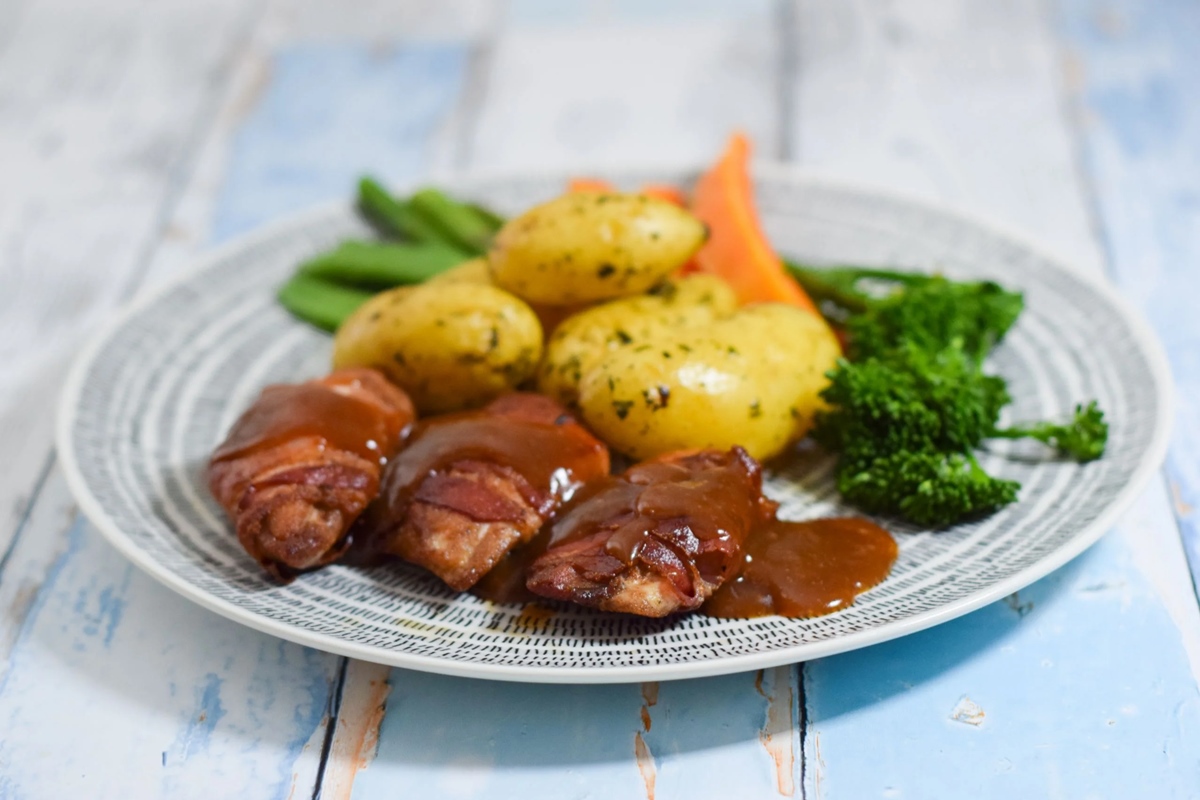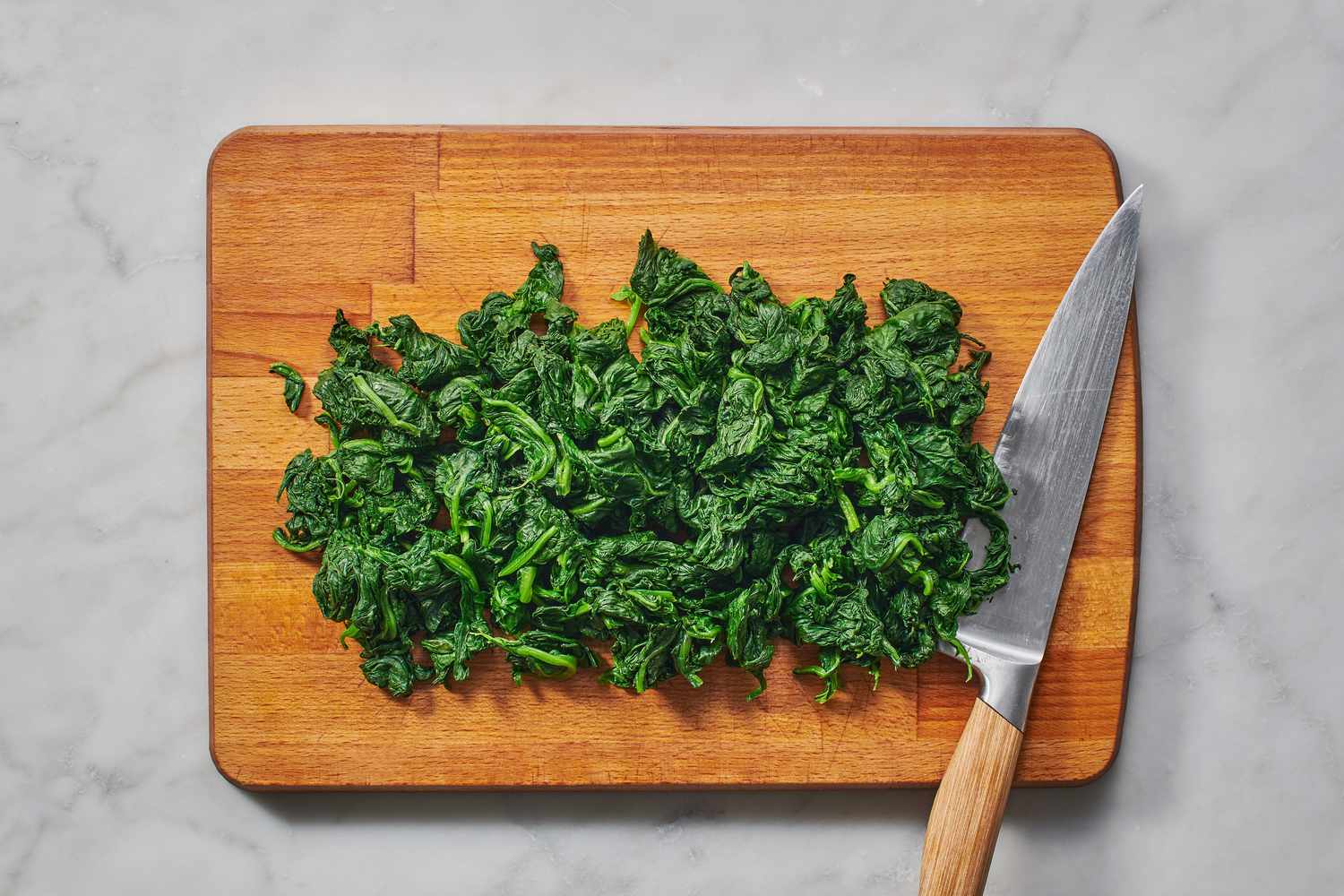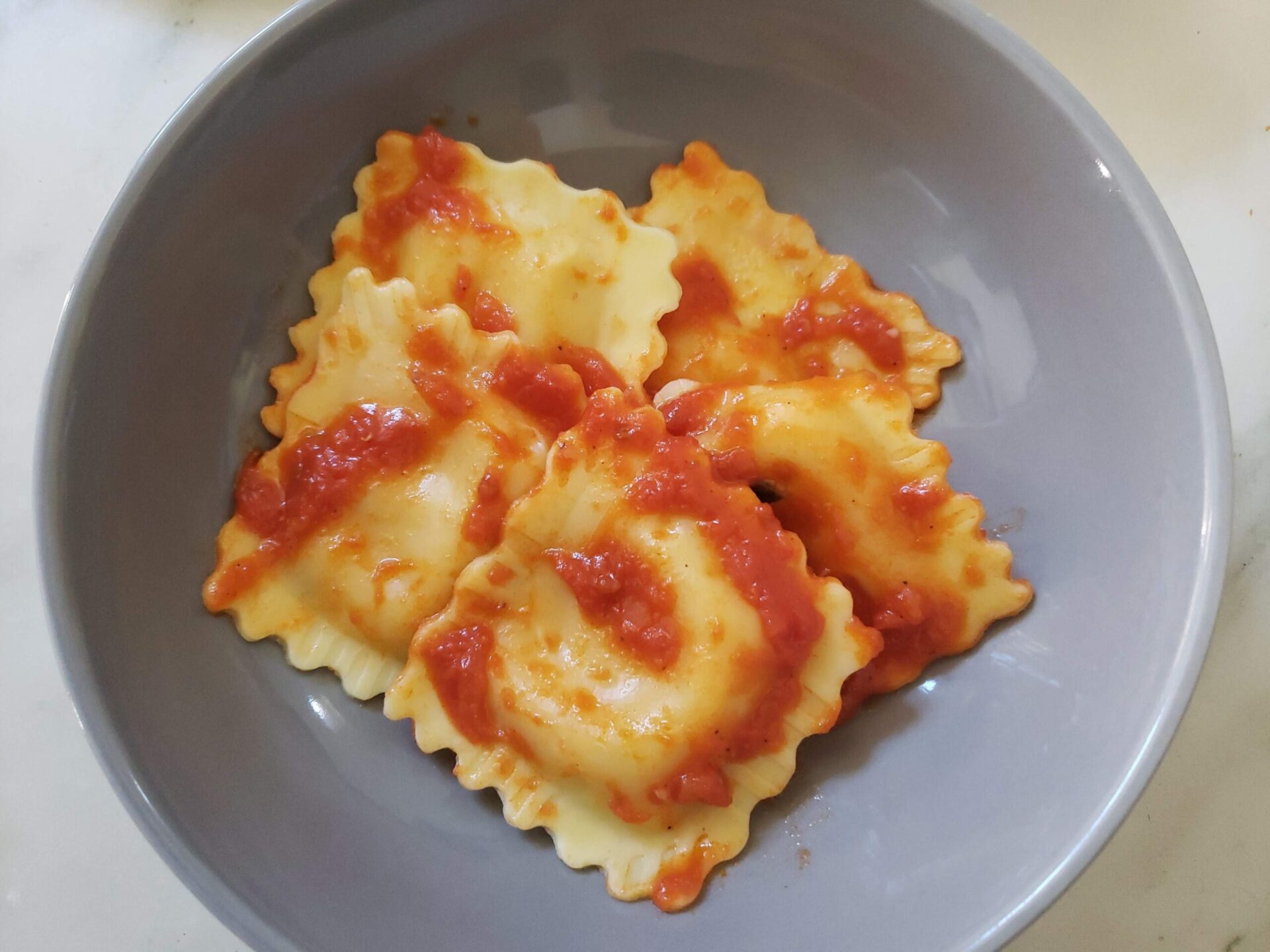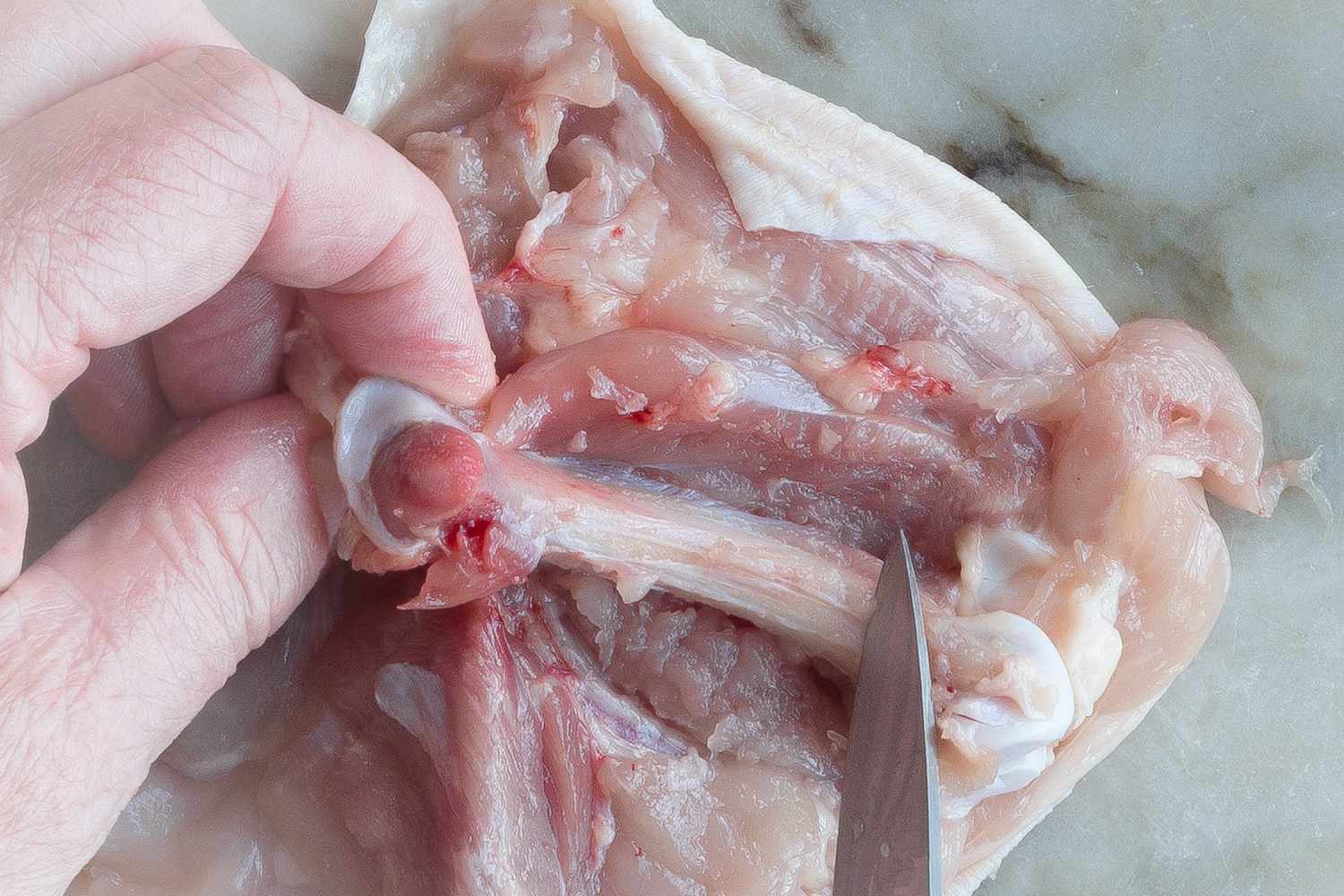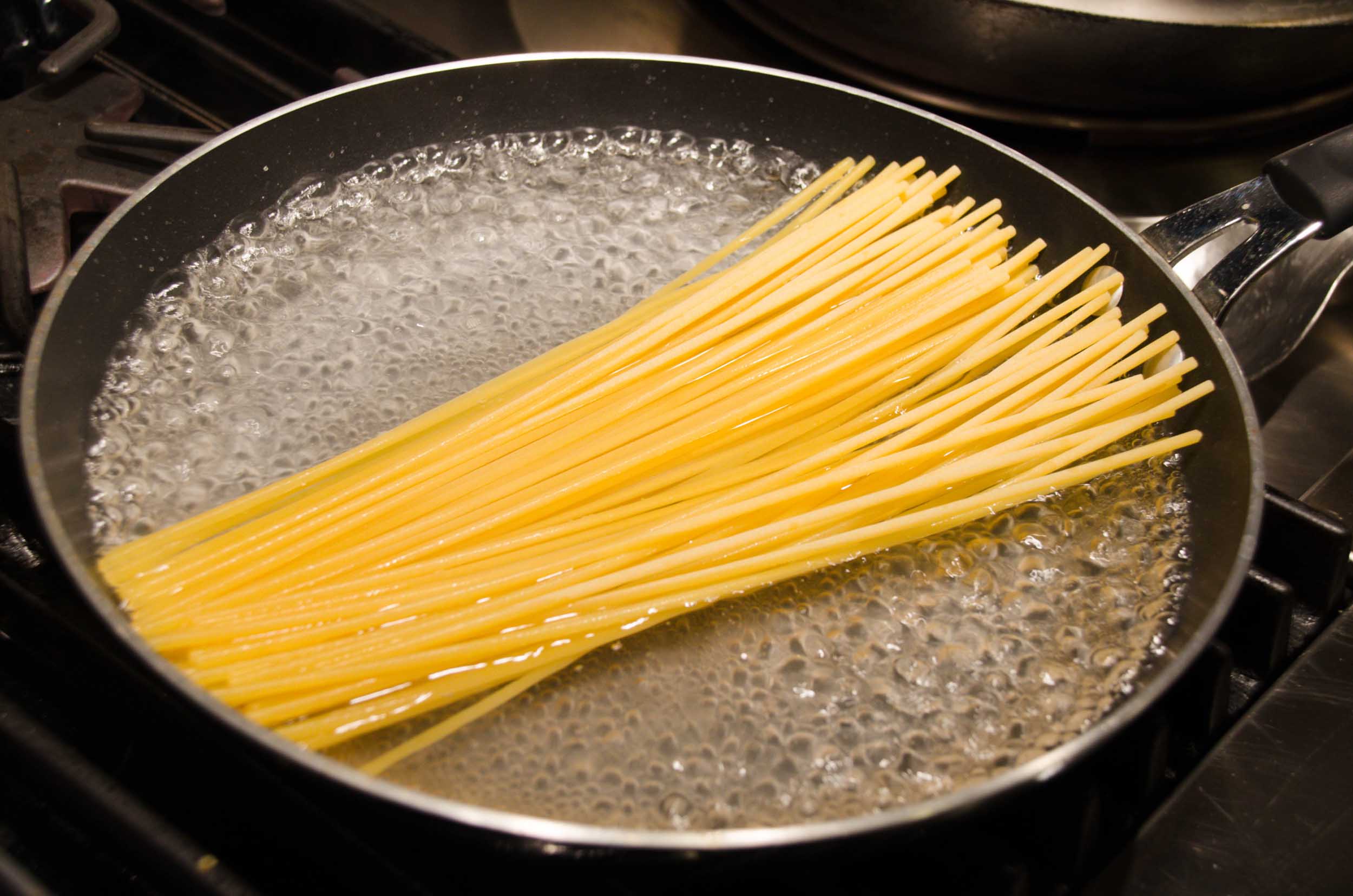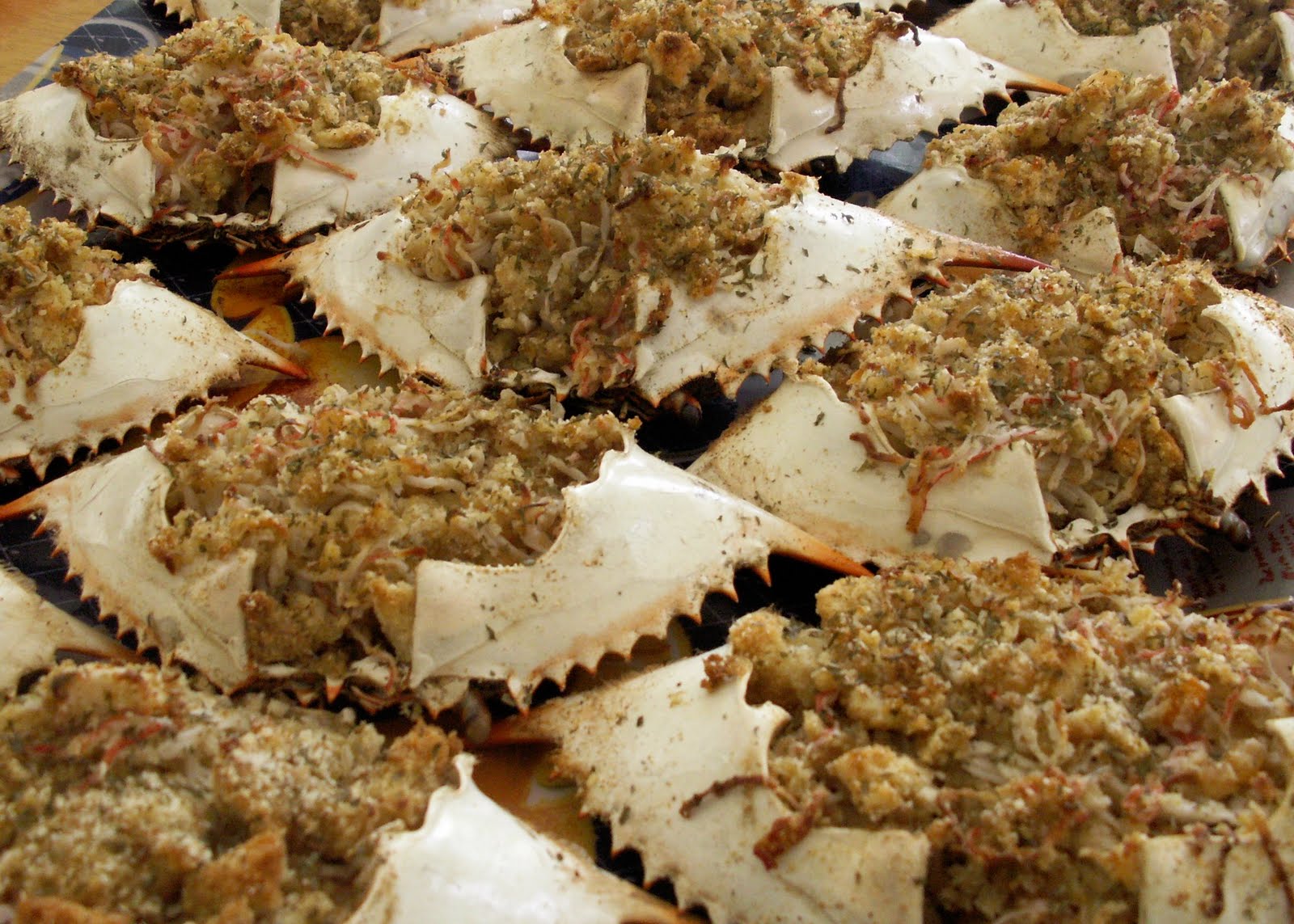Plating and presentation transform a simple meal into a visual feast. It's not just about taste; how food looks can make it more appealing. Think of your plate as a canvas, and each ingredient as a color. Balance, contrast, and harmony play crucial roles. A well-plated dish can elevate the dining experience, making it memorable. Whether you're cooking for family or guests, mastering these skills can impress and delight. In this guide, we'll explore tips and techniques to help you plate like a pro, turning every meal into a work of art. Let's dive into the world of culinary creativity.
Essential Ingredients for a Stunning Dish
- Fresh herbs for garnish
- Edible flowers for a pop of color
- Sauces and purees for adding depth
- Sliced fruits and vegetables for texture
- Nuts and seeds for crunch
- Microgreens for a delicate touch
- Spice blends for a flavor kick
- Quenelles of creams or mousses for elegance
- Twirls or ribbons of vegetables for visual appeal
- Crispy elements like croutons or tempura for contrast
Tools You Will Need for Mastering the Art of Plating and Presentation
Tools Needed for Mastering the Art of Plating and Presentation
-
Chef's Knife
- Essential for precise cuts and intricate designs.
-
Tweezers
- Useful for placing small garnishes and delicate items.
-
Squeeze Bottles
- Perfect for drizzling sauces and creating artistic patterns.
-
Ring Molds
- Helps in shaping food into neat, uniform circles.
-
Offset Spatula
- Ideal for spreading sauces and creating smooth surfaces.
-
Microplane
- Great for grating zest, cheese, or chocolate for fine garnishes.
-
Pastry Brushes
- Useful for brushing sauces or glazes onto dishes.
-
Plating Spoons
- Designed for precise placement of sauces and purees.
-
Mandoline Slicer
- Ensures even, thin slices of vegetables or fruits.
-
Piping Bags and Tips
- Allows for decorative piping of creams, purees, or sauces.
-
Edible Flowers
- Adds a pop of color and elegance to dishes.
-
Herb Scissors
- Makes quick work of finely chopping herbs for garnishes.
-
Silicone Mats
- Provides a non-stick surface for working with delicate items.
-
Tongs
- Handy for placing larger components without disturbing the arrangement.
-
Food Rings
- Helps in stacking ingredients neatly for layered presentations.
-
Blowtorch
- Useful for caramelizing sugars or adding a finishing touch to dishes.
-
Palette Knife
- Assists in lifting and placing delicate items without breaking them.
-
Fine Mesh Sieve
- Perfect for dusting powdered sugar or cocoa evenly.
-
Digital Scale
- Ensures precise measurements for consistent results.
-
Cutting Board
- Provides a stable surface for all cutting and chopping tasks.
Use contrasting colors, varied textures, and balanced portions to create visually appealing plates. Arrange food thoughtfully, leaving some negative space for a clean, professional look.
The Importance of Plating and Presentation
Plating and presentation elevate a dish from simple food to a culinary experience. It engages the senses, making meals more enjoyable. A well-presented plate can enhance the perceived taste and quality of the dish, creating a memorable dining experience.
Visual appeal influences our appetite and expectations. Beautifully arranged food can make us more eager to try it. Attention to detail in plating shows care and effort, reflecting the chef's passion and skill.
Mastering the Art of Plating and Presentation: A Step-by-Step Guide
Mastering the Art of Plating and Presentation
-
Choose the Right Plate
- Select a plate that complements the dish.
- Ensure the plate size fits the portion.
-
Balance the Plate
- Distribute food evenly.
- Avoid overcrowding or leaving too much empty space.
-
Use Color Wisely
- Incorporate vibrant colors.
- Use contrasting colors to make the dish pop.
-
Create Height
- Stack or layer ingredients.
- Use garnishes to add vertical interest.
-
Play with Textures
- Combine crunchy, smooth, and creamy elements.
- Ensure a variety of textures in each bite.
-
Consider the Clock Method
- Visualize the plate as a clock.
- Place protein at 6 o'clock, starch at 2 o'clock, vegetables at 10 o'clock.
-
Use Odd Numbers
- Arrange elements in odd numbers.
- Odd numbers are more visually appealing.
-
Garnish Thoughtfully
- Use edible garnishes that enhance flavor.
- Avoid over-garnishing.
-
Sauce with Precision
- Drizzle sauces artfully.
- Use a squeeze bottle or spoon for control.
-
Wipe the Edges
- Clean the plate edges before serving.
- Ensure no smudges or drips.
-
Add Finishing Touches
- Sprinkle herbs, spices, or seeds.
- Add a touch of oil or vinegar for shine.
-
Mind the Temperature
- Serve hot dishes on warm plates.
- Serve cold dishes on chilled plates.
-
Use Negative Space
- Leave some empty space on the plate.
- Negative space highlights the food.
-
Symmetry vs. Asymmetry
- Decide between symmetrical or asymmetrical arrangements.
- Both can be visually appealing.
-
Layer Flavors
- Place strong flavors at the bottom.
- Build up to milder flavors on top.
-
Highlight the Main Ingredient
- Make the main ingredient the focal point.
- Surround it with complementary elements.
-
Use Fresh Ingredients
- Ensure ingredients are fresh and vibrant.
- Freshness enhances both taste and appearance.
-
Experiment with Shapes
- Cut ingredients into different shapes.
- Use molds or cutters for uniformity.
-
Consider the Diners
- Think about how diners will eat the dish.
- Ensure ease of eating.
-
Practice and Refine
- Continuously practice plating techniques.
- Refine based on feedback and experience.
Mastering Your Presentation
Elevating your culinary creations from good to unforgettable involves more than just taste; it's about the visual appeal too. Mastering the art of plating and presentation is akin to putting the final touches on a masterpiece. It's what sets apart a meal from a dining experience. Remember, we eat with our eyes first. Taking the time to arrange food on the plate beautifully, playing with textures, colors, and heights, not only enhances the overall dining experience but also shows respect for the ingredients and the journey they've been on. Whether you're a home cook or an aspiring chef, applying these principles can transform your dishes into works of art. So, grab your tools, let creativity be your guide, and watch as your kitchen turns into a stage for culinary excellence.
Common Questions About Plating and Presentation
What makes plating and presentation so crucial in cooking?
Well, you eat with your eyes first! Plating and presentation turn a simple meal into an experience. They set the stage, telling a story about the dish before the first bite. Plus, they reflect the care and creativity that went into preparing the meal.
How can I improve my plating skills at home?
Practice, practice, practice! Start with basic techniques like using a plate as your canvas and placing your main ingredient as the star of the show. Experiment with different tools like squeeze bottles for sauces and tweezers for delicate garnishes. Watching tutorials or attending a workshop can also give you a leg up.
What are some simple tips for enhancing presentation?
Color and contrast are your best friends. Add pops of color with fresh herbs or edible flowers. Play with textures by adding crunchy elements like nuts or crispy vegetables. And don't forget the power of a drizzle or dollop of sauce to add visual appeal and flavor.
Can the shape and color of a plate affect presentation?
Absolutely! The shape and color of your plate can frame your dish and make colors pop. White plates are classic because they make the food stand out, but don't be afraid to experiment with darker colors or unique shapes for a dramatic effect.
What's the importance of portion size in plating?
Portion size is key to balance and proportion on your plate. Too much food can look overwhelming, while too little may seem stingy. Aim for a happy medium, where the dish looks generous but not crowded, allowing each component to shine.
How do I choose the right garnish for my dish?
Think of garnishes not just as decorations, but as elements that enhance or complement the flavors of your dish. Fresh herbs, zest, or a sprinkle of seeds can add a burst of flavor and texture. Always ensure your garnish is edible and aligns with the dish's overall theme.
Is there a rule of thumb for arranging elements on a plate?
Odd numbers are visually more appealing, so try to place components in groups of three or five. Also, consider the rule of thirds for a balanced presentation: divide your plate into thirds and place the main element off-center for a more dynamic look.
